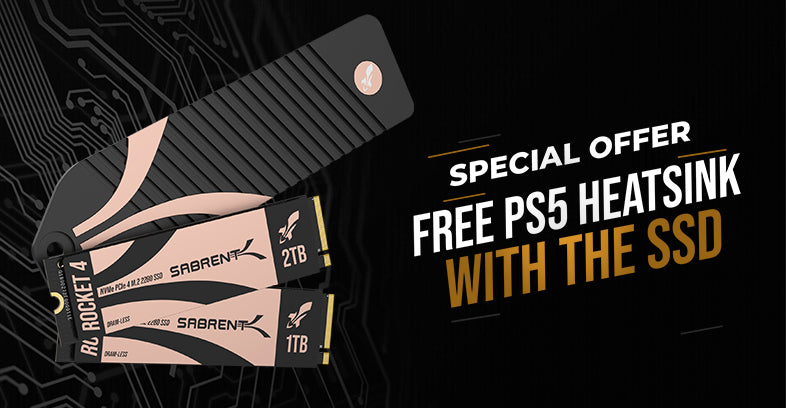
When purchasing a charging device it’s important to match its power delivery capabilities with your needs. How much power can various ports provide? USB by default is based on 5V and the USB2.0 baseline was 500mA of current. Because power is equal to the voltage multiplied by the current, this is 2.5W of power. USB3.0/3.1 increased the current to 900mA to allow for up to 4.5W of power. This was suitable for older devices and those with lower power draw, but new smartphones can take advantage of much more.
| Specification | Volts | Amps | Power |
| USB2.0 | 5V | .5A(500mA) | 2.5W |
| USB3.0/3.1 | 5V | .9A (900mA) | 4.5W |
| USB BC | 5V | 1.5A | 7.5W |
| USB-C | 5V | 3A | 15W |
| PD3.0 | 20V | 5A | 100W |
| PD3.1 | 48V | 5A | 240W |
The USB Battery Charging (BC) specification allows a current of up to 1.5A for 7.5W of power delivery. A non-Power Delivery (PD) USB-C mode doubles this maximum to 3A and 15W, respectively. Many devices and chargers will limit this to 2.4A, or fast charging, for 12W. The PD specification over Type-C, at up to PD3.0, boosts to 5A and 20V for 100W, with PD3.1 going further to 48V for up to 240W. Many phones will use a form of Quick Charge (QC) for up to 100W or even more, which may be backward compatible with USB-C/USB-PD as with QC4.
We offer several products that can charge one or more devices, generally at the USB3.0 level or higher. This includes even up to PD3.0 at 100W, although actual maximum draw in that case tends to be around 96W. We make sure you have options that allow for charging multiple devices at once also, at one speed or at different speeds, for whatever you may need. It’s important to us that our products are safe and easy to use, plus portable when feasible.
Please see our chargers here.














